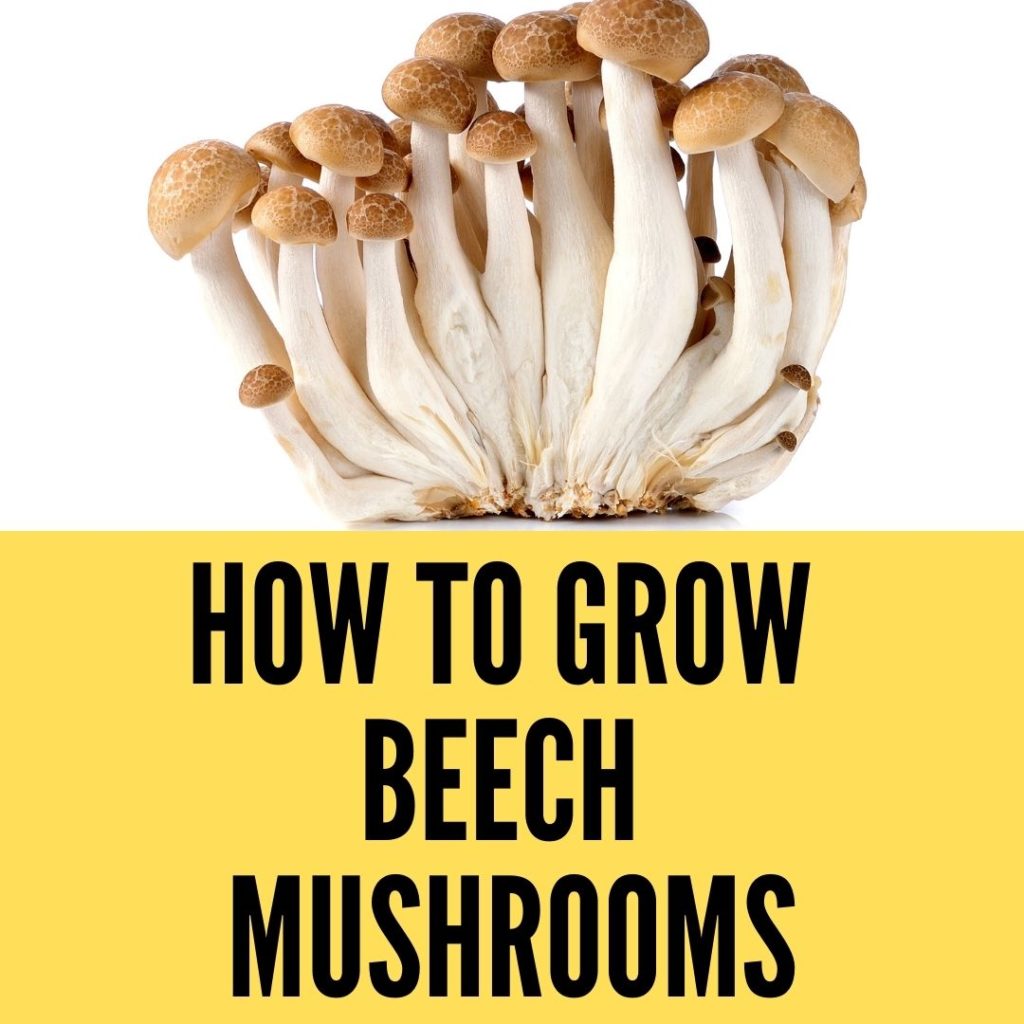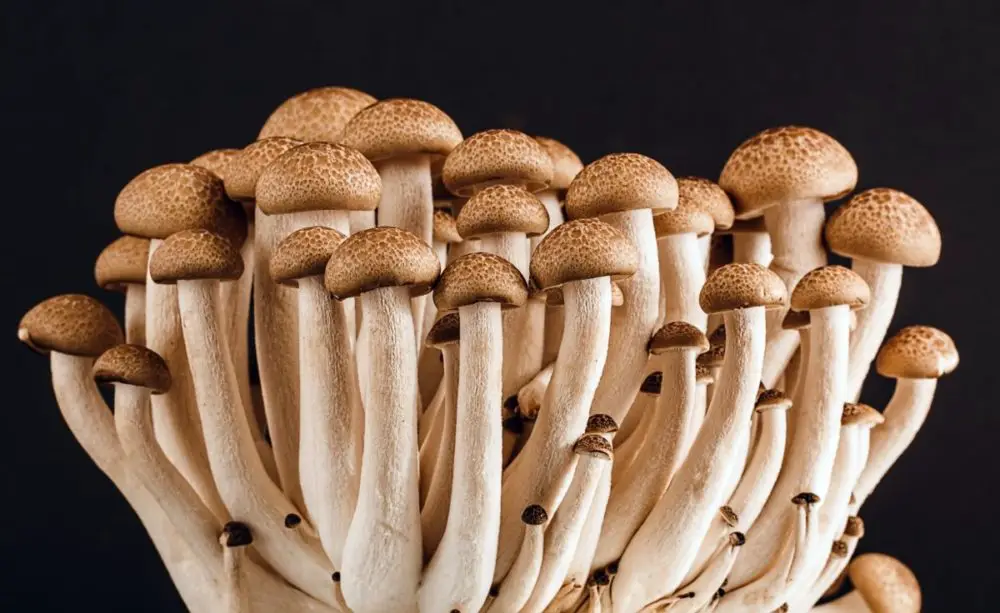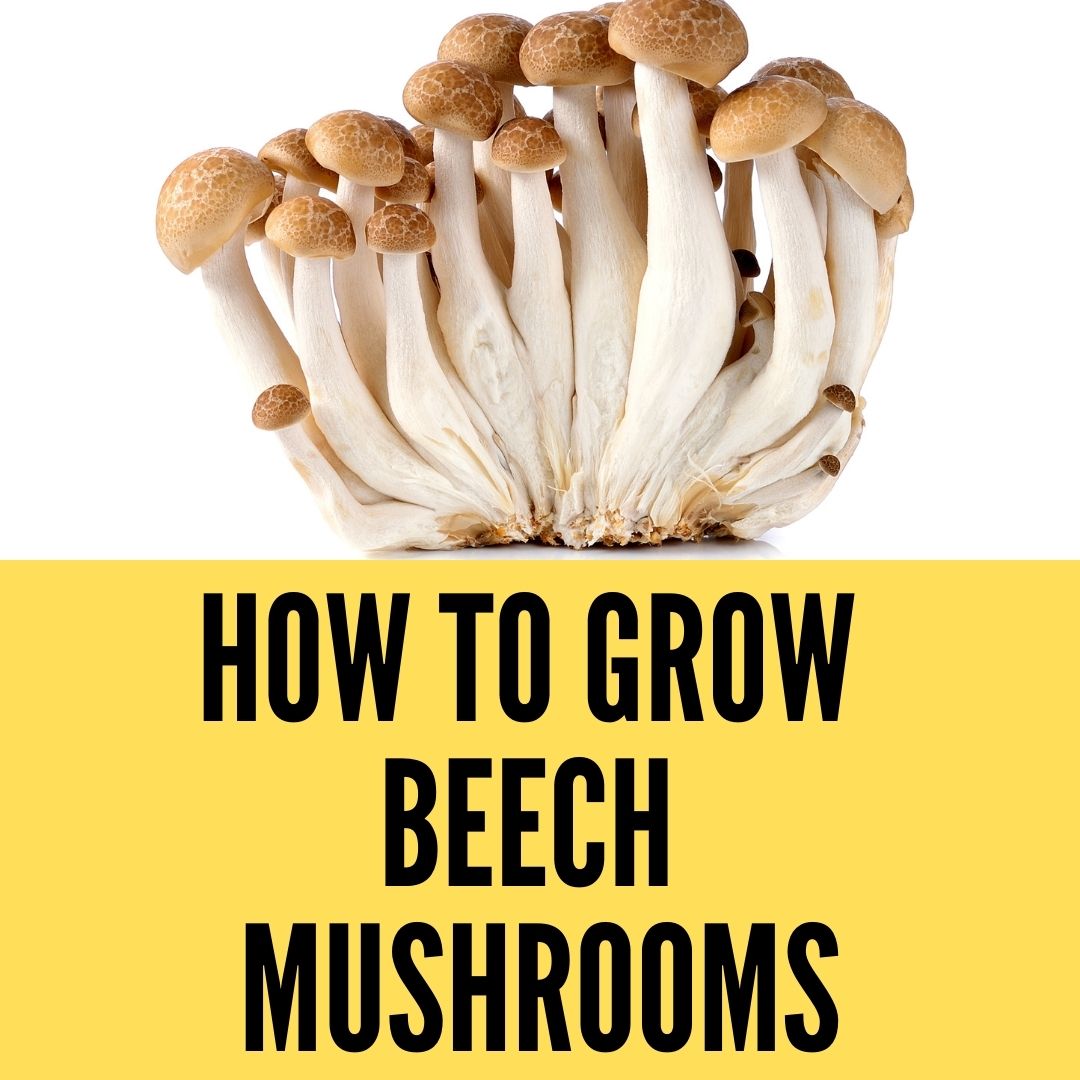Beech mushrooms, native to Japan, are now widespread throughout North America, Australia, and Europe. Naturally, you can see it growing on dead and decaying beech trees. That’s why it’s named Beech mushroom.
Its scientific name is Hypsizygus Tessulatus. In Japan, it’s known as Shimieji. Pioppini, Clamshell, Chiodini, it goes by many names.
Nutrition values
Filled with high levels of selenium, a powerful antioxidant. This compound wards off free radicals. It brings about widespread cell damage in the body and contributes to the onset of chronic conditions like heart disease and cancer.

For every 100g, it has 34 calories. Most of them are from carbohydrates. It has 1.56g protein per 100g. Beech mushrooms are relatively low on protein.
It’s rich in pantothenic acid, riboflavin, and Niacin. This vitamin B plays an essential role in forming red blood cells, regulating hormones. B vitamins are directly linked to our skin health.
It’s rich in Beta Glucan. These elements regulate blood sugar levels and reduce the risk of type 2 diabetes. Important for keeping the heart healthy, overall cholesterol profile.
It’s filled with various nutrients such as Calcium, potassium, iron, magnesium, zinc, copper, manganese. A cup of beech mushrooms has the same amount of potassium as a middle-sized banana. It has a high amount of copper. Copper is essential for healthy bones and nerves.
If you explore it to the sun before cooking it can absorb Vitamin D.
How to grow beech mushrooms?
As I mentioned before, naturally it grows on beech trees. So, how can you cultivate them in your home or in your farm?
Steps to grow Beech Mushrooms
- Take your jar leds and drill a ¼ inch hole in the center. Put a bunch of pillow stuffing in that hole, as a filter. Hence, mycelium can breathe when it colonizes.
- The substrate is based on pine wood sawdust. You can also use a mixture of sawdust and soy hull. Fill the jars with the substrate but keep 0.5 inch free from the top.
- After filling, punch an involution hole in the center of the jar to the bottom. To shorten the period for spawn run and mycelium maturation you can do 3-4 holes. Later, in an autoclave sterilize the jar for 90 minutes at 15 PSI.
- After sterilization and cooling the next step is to inoculate. You have to fill the center hole of the substrate by grain spawn. The inoculum can be purchased from spawn manufacturers.
The amount of spawn for beech mushrooms is greater than other species because fruiting will take place directly from the surface of the spawn.
- Later on, seal the jar with the customized lid and keep them on a shelf at room temperature, away from direct sunlight. It should take 3-4 weeks to colonize. If you are using trays that can bear 25-36 bottles you can pull 1-4 bottles from the center of tray to avoid undesirable substrate temperature rise.
- After spawn run and complete the mycelium maturation, open the lid. Remove the peripheral portion of the spawn that covers the substrate surface.
- Fruiting will occur directly from the center of the spawn area. Lightly spray the scratched area with water.Cover scratched and sprayed bottles with perforated plastic sheeting and place them into a growing room conditioned at 14.5–16.0°C, 96–98% humidity, around 2000 ppm of carbon dioxide concentration, and 50–100 lux of illumination.
- Then after nine to ten days, remove the covering when the young fruit bodies grow, contact the plastic sheeting.Depending on strain, mushrooms are harvested 21–24 days after scratching.
When the full mushroom is formed, you can harvest the mushroom simply by twisting the fruits off at the base or cutting right across the top of the jar. If you pull off the fruit it should last longer in the fridge.

Can you eat beech mushrooms raw?
When beech mushrooms are raw they taste slightly bitter. To enjoy its full textures it should be cooked. So, I recommend you never eat it raw.
What do beech mushrooms taste like?
Beech mushrooms have a crunchy texture with a savory, slightly buttery-like flavor when cooked. It also has a nutty taste.
Substitute for beech mushrooms
The closest one is Enoki mushrooms. Enoki mushrooms are very easy to find in local farmer markets and in grocery stores. Though there is some variety between Enoki and beech mushrooms. They are not similar in appearance and texture but the flavor is relatable.
Are Enoki and Beech mushrooms the same?
Enoki and Beech mushrooms are not the same. First of all, Enoki’s scientific name is Flammulina velutipes on the other hand beech mushrooms scientific name is Hypsizygus Tessulatus.
They are similar till order Agaricales. But later they separate. Enokibis are from the Physalaciaceae family and beech is from the Lyophyllaceace family. Even Enoki is more famous and used as food in Japan.
More eligible mushrooms like beech mushrooms
- H. ulamaris, also known as Redhead mushrooms. A relatively rare mushroom.
- H. marmoreus, known as Buna shimeji. Was found in Nagano,Japan is now cultivated throughout North America and Europe.
- King oyster mushroom, the largest species of oyster mushroom.
- Mutsutake mushroom, popular in eastern country.
Variation of beech mushrooms
There are mainly two types of beech mushrooms. White and brown. Through their appearance is different they taste the same. White beech mushrooms have piquant aromas.
How to use beech mushrooms
It tastes delicious when cooked. You can serve them in soba noodles, stir fry, pasta, pizza, ramen. You can cook brown beech mushrooms with garlic and butter. Stir-frying with herb etc. They don’t overcook easily.
How to store
Go to your closest farmers’ shop or grocery store to buy it. Pick ones that look dry and feel firm. Usually, beech mushrooms come in cellophane bags. In the fridge, they’ll stay fresh for a week or two.
But the best way to store is in paper bags. That allows mushrooms to breathe.
Closure
Bottles are often used when it’s about beech mushrooms. Specially made plastic bottles that can be reused several times are recommended for commercial cultivation. In your home, you can use glass-made mason jars.
As we have discussed step by step process to grow beech mushrooms in your home, that will give you a clear idea of how to start things on your own. If you have any more questions, feel free to comment below.
